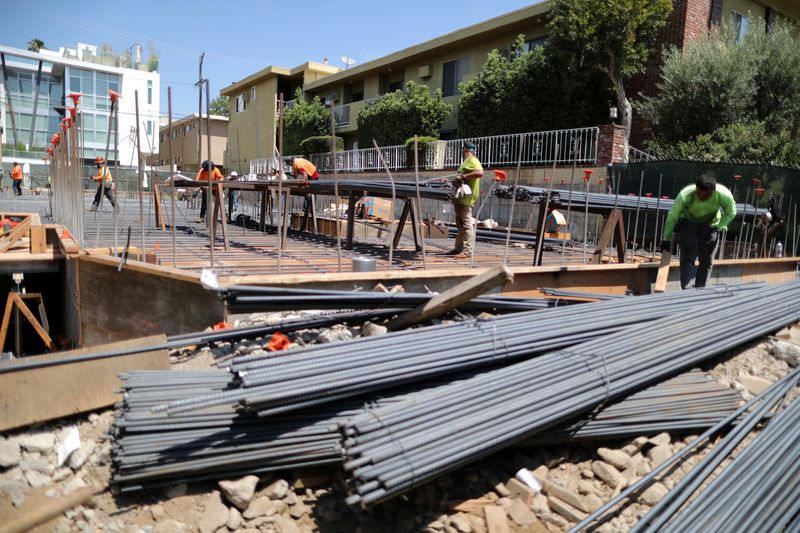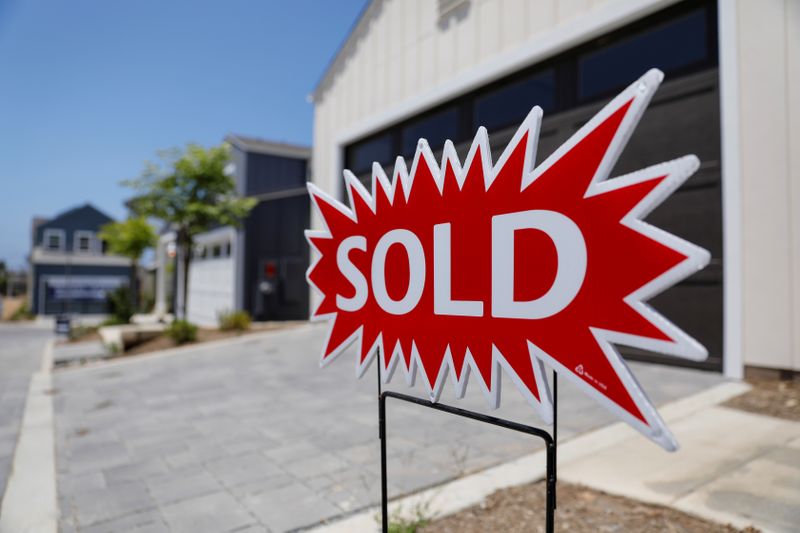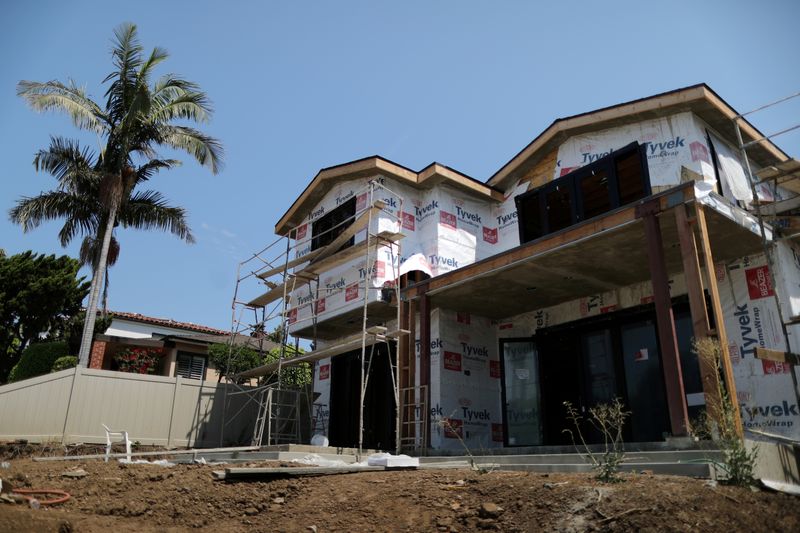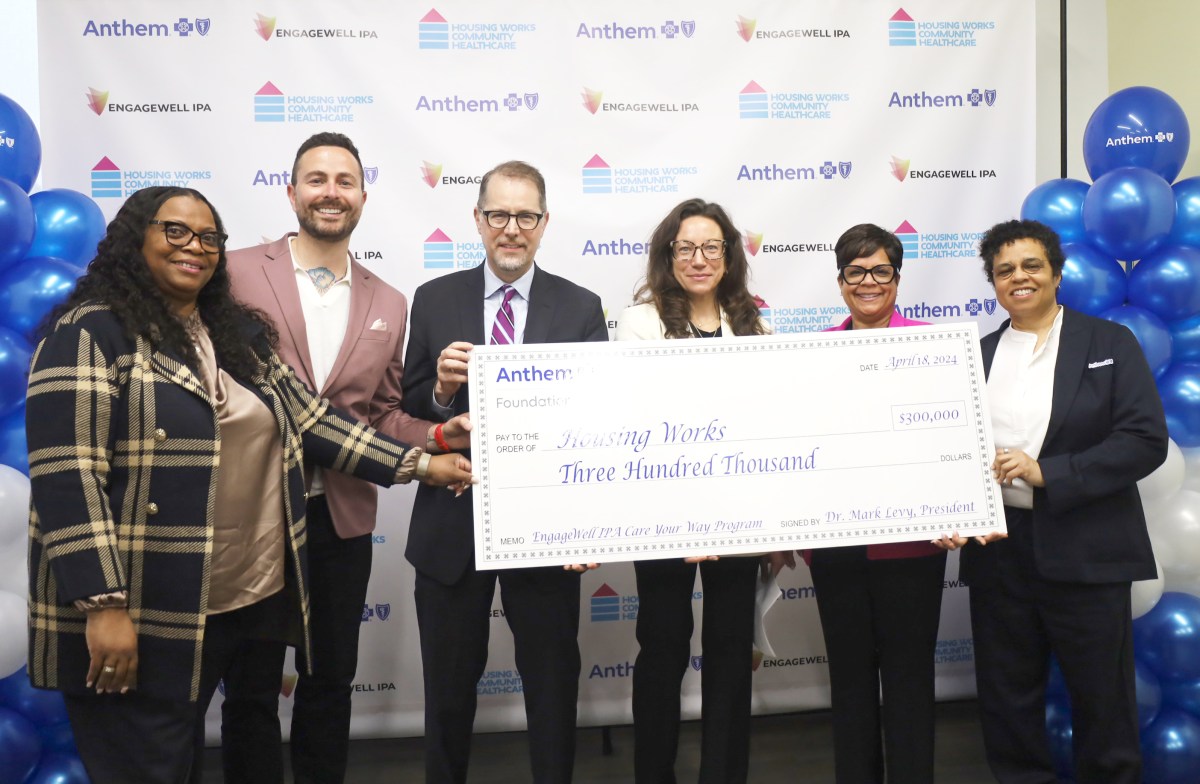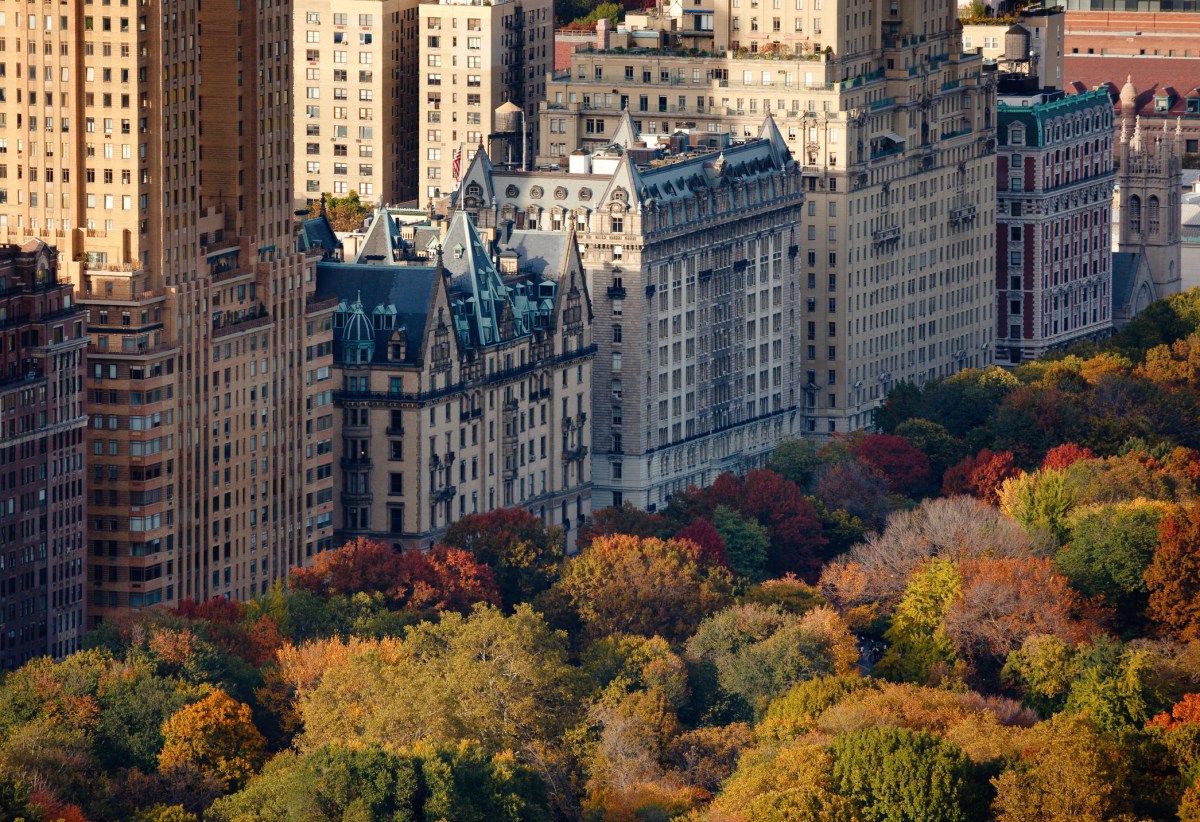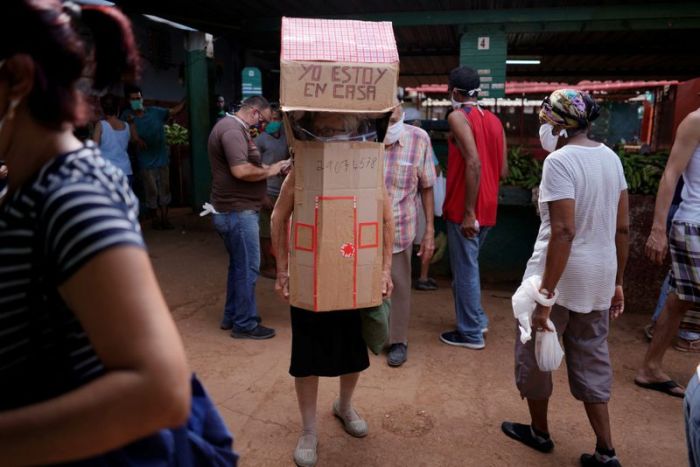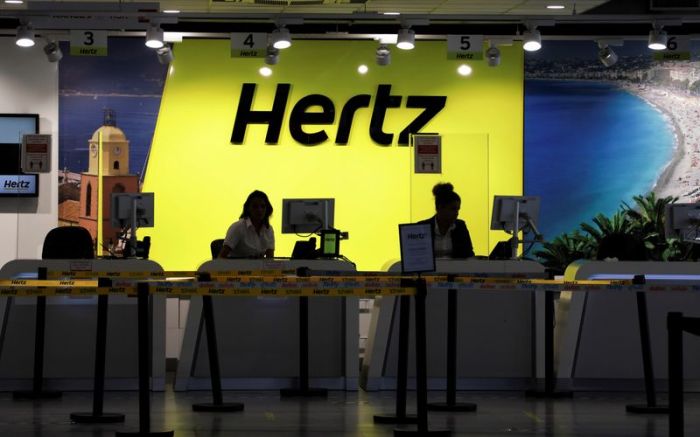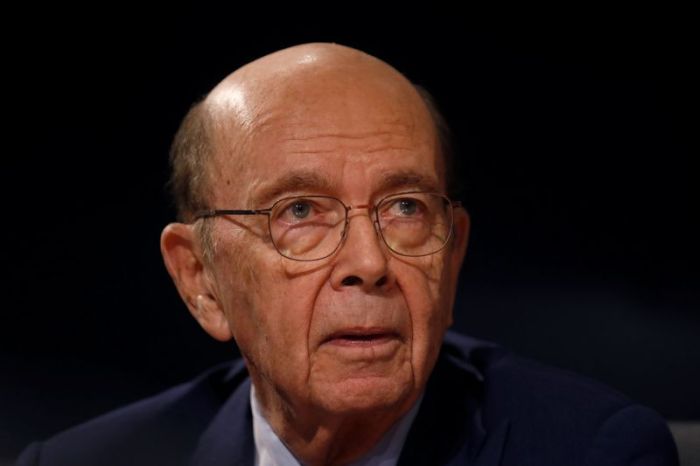WASHINGTON (Reuters) – U.S. homebuilding increased less than expected in May, but a strong rebound in permits for future home construction suggested the housing market was starting to emerge from the COVID-19 crisis along with the broader economy.
Other data on Wednesday showed applications for loans to buy a home surged to a near 11-1/2-year high last week. The reports followed on the heels of data on Tuesday showing a record surge in retail sales in May. Employers hired a historic 2.5 million workers last month.
Activity, however, remains well below pre-COVID-19 levels and economists warn it could take even a decade for the economy to fully recover from the global pandemic. Federal Reserve Chair Jerome Powell also warned on Tuesday of the long road to recovery. The economy slipped into recession in February.
“Housing is a leading economic indicator and it is pointing the way forward but there is a limit to growth when the economy has to drag along the millions and millions of unemployed workers displaced in this pandemic recession who won’t be seeing paychecks anytime soon,” said Chris Rupkey, chief economist at MUFG in New York.
Housing starts rose 4.3% to a seasonally adjusted annual rate of 974,000 units last month, the Commerce Department said. The increase recouped only a fraction of the more than 40% cumulative decline in homebuilding in March and April. Starts dropped 23.2% on a year-on-year basis in May.
The rise in starts last month was tempered by a 0.1% gain in single-family homebuilding, which accounts for the largest share of the housing market, to a rate of 675,000 units. Steep decreases in homebuilding the Midwest and populous South offset robust increases in the West and Northeast.
Starts for the volatile multi-family housing segment jumped 15.0% to a pace of 299,000 units.
With starts still in a deep rut, economists expect a sharp decline in homebuilding in the second quarter, in line with projections for the steepest contraction in gross domestic product since the Great Depression.
The Atlanta Fed is forecasting GDP falling at 45.5% rate in the second quarter. The economy shrank at a 5% pace in the January-March quarter, the deepest contraction since the 2007-2009 Great Recession.
“The drop in housing construction in the second-quarter GDP report is likely to be jaw-dropping,” said Conrad DeQuadros, senior economic advisor at Brean Capital in New York.
Stocks on Wall Street were lower in volatile trading as a record rise in coronavirus cases in six states hurt sentiment after a three-day rally. The PHLX housing index <.HGX> fell. The dollar strengthened against a basket of currencies. U.S. Treasury prices rose.
RISING DEMAND
Permits for future home construction rebounded 14.4% to a rate of 1.220 million units in May, reinforcing economists’ expectations that the housing market will lead the economy from the recession, driven by historically low mortgage rates.
Though the housing market accounts for about 3.3% of gross domestic product, it has a larger footprint on the economy.
A separate report from the Mortgage Bankers Association on Wednesday showed applications for loans to buy a home increased 4% last week to their highest level since January 2009.
Mortgage applications have climbed back above pre-COVID-19 levels.
Signs of recovery in the housing market were underscored by a survey of Tuesday showing single-family homebuilders very upbeat in June about conditions in the industry.
Builders reported increased demand for single-family homes in lower density neighborhoods. But with nearly 20 million unemployed and the resurgence of COVID-19 infections, the housing market is not out of the woods yet.
“We expect a gradual recovery in home building to continue over the balance of 2020, supported by brightening homebuilder sentiment, solid demand, as evidenced by rising mortgage applications, and an ongoing shortage of inventory,” said Nancy Vanden Houten, lead economist at Oxford Economics in New York.
“The slow recovery in the labor market will prevent a sharper rebound in activity.”
Single-family building permits increased 11.9% to a rate of 745,000 units in May. Permits for multi-family units surged 18.8% to a rate of 475,000 units.
Housing completions dropped 7.3% to a rate of 1.115 million units last month, the lowest since December 2018. Realtors estimate that housing starts and completion rates need to be in a range of 1.5 million to 1.6 million units per month to plug the inventory gap, which has frustrated potential buyers.
The stock of houses under construction fell 1.4% to 1,172 million units, the lowest since November 2019.
(Reporting by Lucia Mutikani; Editing by Andrea Ricci)

